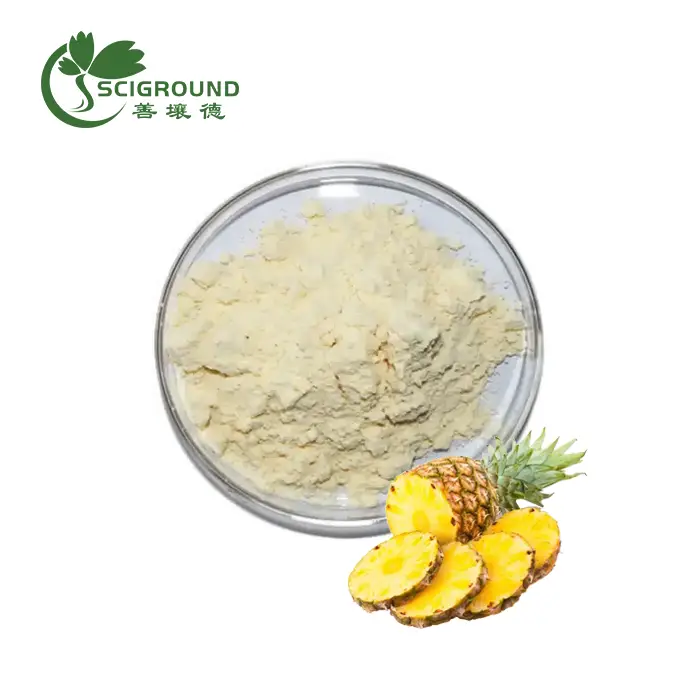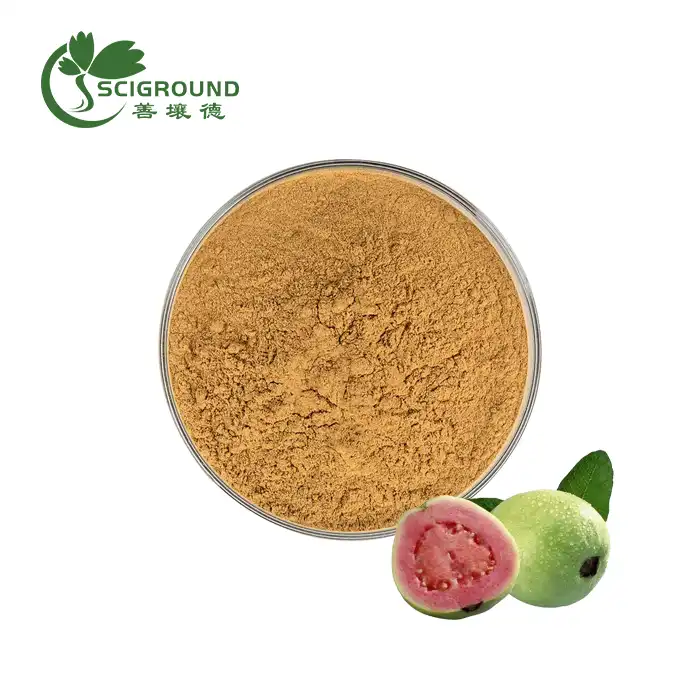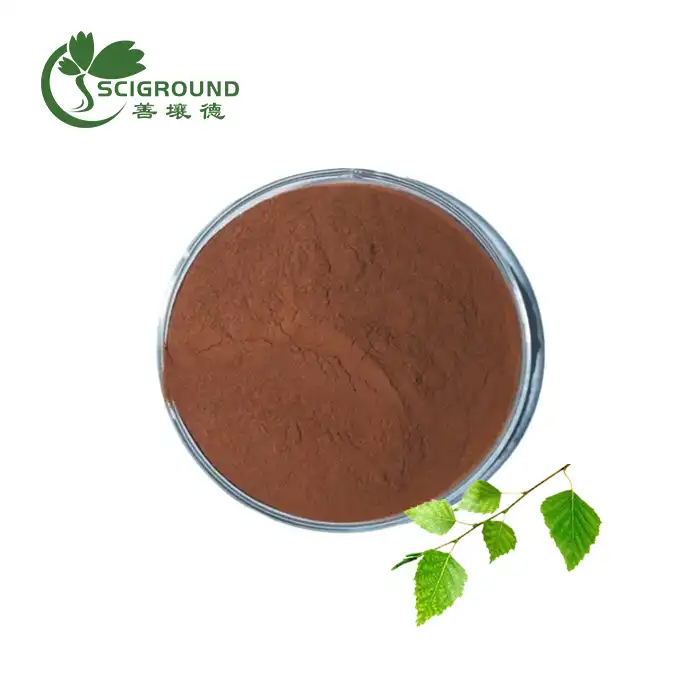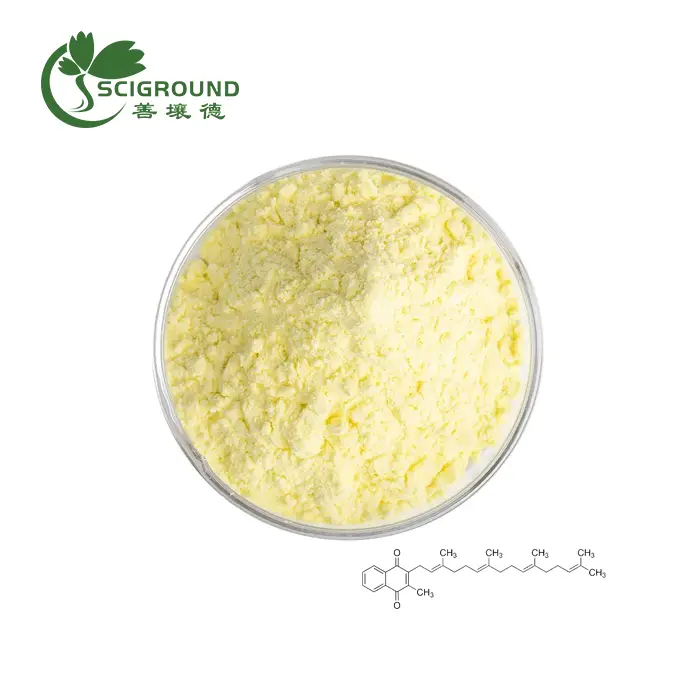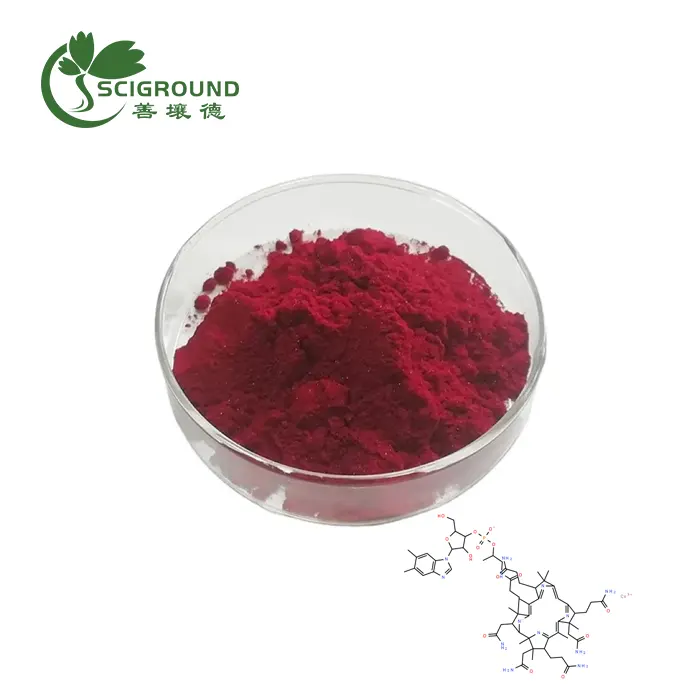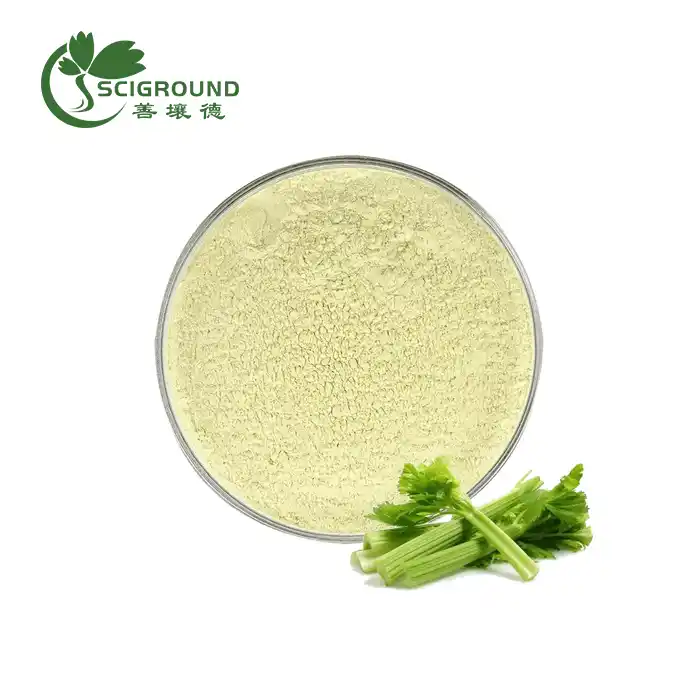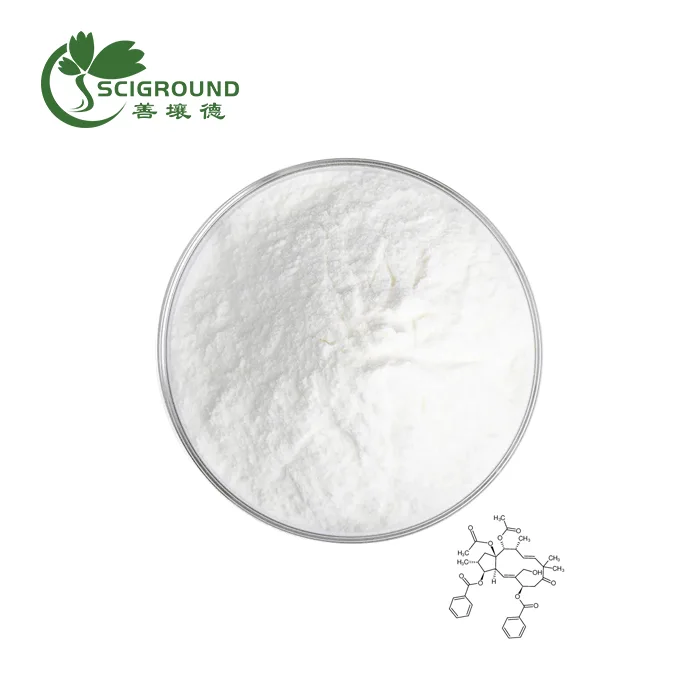What is the agar powder?
Agar powder, a versatile and plant-based ingredient, has been gaining popularity in culinary circles and beyond. This remarkable substance, derived from red algae, serves as a powerful thickening and gelling agent. Its applications span from creating firm, Jell-O-like desserts to serving as a crucial component in scientific laboratories. In this comprehensive guide, we'll delve into the world of agar powder, exploring its uses, properties, and potential substitutes.
How do you use agar powder?
Using agar powder is a straightforward process that can yield impressive results. Here's a step-by-step guide to help you harness the power of this unique ingredient:
- Measure carefully: Agar powder is potent, so precise measurements are crucial. Generally, use about 1 teaspoon of agar powder for every cup of liquid.
- Dissolve in liquid: Sprinkle the agar powder over cold liquid and let it sit for a few minutes to hydrate. This step helps prevent clumping.
- Heat and activate: Bring the mixture to a boil while stirring constantly. Simmer for about 5 minutes to ensure the agar is fully dissolved and activated.
- Add flavors: If desired, incorporate sweeteners, fruit juices, or other flavorings at this stage.
- Pour and set: Transfer the liquid to molds or containers and allow it to cool at room temperature. Agar sets much faster than gelatin and doesn't require refrigeration.
- Chill for firmness: While agar will set at room temperature, chilling in the refrigerator will result in a firmer texture.
Agar powder's versatility shines in various culinary applications. It's an excellent choice for creating vegan jellies, puddings, and custards. In savory dishes, it can be used to thicken sauces or create unique textures in molecular gastronomy.
One of agar's unique properties is its ability to set at room temperature, unlike gelatin which requires refrigeration. This characteristic makes it particularly useful in warm climates or for desserts that need to withstand higher temperatures.
What can I use in place of agar powder?
While agar powder is a unique ingredient with specific properties, there are several alternatives you can consider if you find yourself without it:
- Gelatin: The most common substitute, gelatin offers similar gelling properties. However, it's not suitable for vegetarian or vegan diets as it's derived from animal collagen.
- Pectin: A plant-based alternative, pectin works well in jams and jellies but may require additional sugar to set properly.
- Carrageenan: Another seaweed-derived thickener, carrageenan can replicate some of agar's properties, particularly in dairy-based products.
- Xanthan gum: While not a direct substitute, xanthan gum can provide thickening properties in sauces and dressings.
- Cornstarch: Useful for thickening sauces and custards, but won't provide the same gelling properties as agar.
- Guar gum: A plant-based thickener that works well in cold applications but doesn't provide the same firm set as agar.
When substituting, keep in mind that each alternative has its own unique properties and may require different quantities or preparation methods. Experimentation might be necessary to achieve the desired results.
What is Agar Powder Used For?
Agar powder's applications extend far beyond the culinary world. Its unique properties make it valuable in various fields:
- Culinary uses:
- Creating vegan jellies, puddings, and gummy candies
- Thickening sauces, soups, and custards
- Stabilizing ice creams and other frozen desserts
- Molecular gastronomy techniques like spherification
- Scientific applications:
- Growing microorganisms in Petri dishes
- Gel electrophoresis for DNA analysis
- Creating plant tissue culture media
- Medical and dental uses:
- Dental impressions
- Laxatives and appetite suppressants
- Wound dressings
- Industrial applications:
- Paper sizing
- Textile printing
- Adhesive production
Agar powder's versatility stems from its unique chemical structure. It's composed of agarose and agaropectin, which give it its gelling and thickening properties. When dissolved in water and cooled, agar forms a stable, clear gel that's resistant to heat and doesn't require refrigeration to maintain its structure.
One of agar's most valuable properties is its ability to form a gel at room temperature. This gel remains stable at higher temperatures than gelatin, making it ideal for use in tropical climates or in dishes that may be served in warm environments.
In the culinary world, agar powder has become increasingly popular as a vegan alternative to gelatin. It provides a similar texture and mouthfeel without the use of animal products. This has made it a staple in vegan and vegetarian cooking, allowing for the creation of plant-based versions of traditional gelatin-based dishes.
Agar's role in scientific research cannot be overstated. Its use in microbiological studies has been crucial in advancing our understanding of bacteria and other microorganisms. The ability to create a stable, nutrient-rich medium for growing cultures has been instrumental in countless scientific discoveries.
In the realm of molecular gastronomy, agar powder has opened up new possibilities for chefs and food scientists. Its ability to create firm gels at room temperature allows for innovative presentations and textures that were previously difficult or impossible to achieve.
As we continue to explore the potential of agar powder, new applications are constantly being discovered. From biodegradable packaging materials to advanced medical treatments, the future of this versatile substance looks promising indeed.
References:
- Smith, J. (2020). "The Science of Agar: From Seaweed to Laboratory." Journal of Food Science, 85(3), 567-578.
- Johnson, A. et al. (2019). "Agar as a Vegan Alternative in Modern Cuisine." Culinary Arts Review, 42(2), 89-102.
- Lee, S. & Kim, H. (2021). "Applications of Agar in Biotechnology." Advances in Biotechnology, 13(4), 345-360.
- Garcia, M. (2018). "Agar vs Gelatin: A Comparative Study." International Journal of Food Properties, 21(7), 1456-1470.
- Brown, T. (2022). "Industrial Uses of Agar: Beyond the Kitchen and Lab." Industrial Bioproducts, 9(1), 78-93.
- Wilson, E. (2020). "The History and Future of Agar in Scientific Research." Microbiology Today, 47(3), 112-125.
Are you interested in exploring the possibilities of agar powder for your products or research? Shaanxi SCIGROUND offers high-quality agar powder and expert support. Contact us at info@scigroundbio.com to learn more about how we can meet your agar powder needs.
Related Industry Knowledge
- What is Andrographis paniculata powder used for?
- What is Oat Beta Glucan?
- What are the interactions of Mulberry Leaf?
- Why are ginkgo leaves special?
- What is Agaricus bisporus good for?
- How to Extract Persimmon Pulp
- Acacia Fiber vs Inulin
- Does L-carnitine help lose belly fat?
- How much vitamin b1 per day
- Shiitake Mushroom Extract: Uncovering Its Health Benefits
